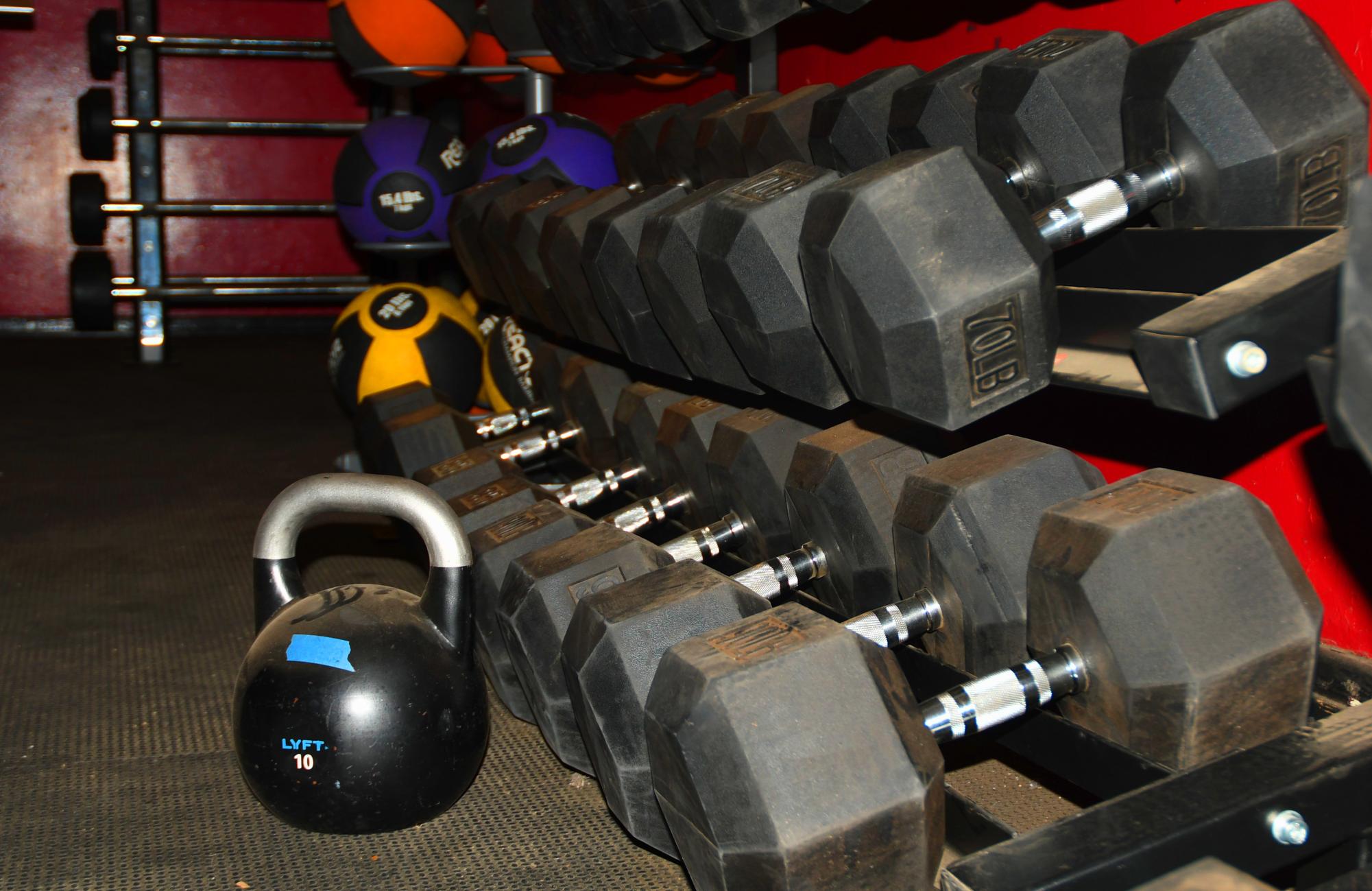TRUTH MATTERS… Donate to support excellence in student journalism

Van Nuys High School is one of the three original high schools in the San Fernando Valley, alongside Canoga Park and San Fernando High School.
The school was originally built in 1914, but after the deadly Long Beach Earthquake in 1933, several original buildings were demolished and rebuilt to comply with California’s newly-adopted earthquake standards.
During this time the football field and track were built, and as time went on, more sports facilities, including the baseball field, big and small gyms for volleyball and basketball, tennis courts and softball field, were built.
These facilities were state-of-the art for their time, however, as the years have passed, the facilities have become outdated and neglected.
This has caused significant disruption for sports teams, with games and practices often postponed or canceled due to the substandard conditions.
The track and field teams with their bumpy dirt track, volleyball with their faulty air conditioning and the softball and baseball teams not having a scoreboard, nor a proper field, all cause issues the entire season.
“When it rains, all outdoor sports teams practices get disrupted,” head coach of the baseball team, Mr. Andres Sepulveda said. “So then students fall behind, they get deconditioned and they start to get out of shape. It’s unfortunate.”
Although poor weather is out of the schools control, it remains a problem because of the time it takes for the dirt field to dry.
“The track team has missed out on a lot of practice time due to the conditions of the track,” girls track member junior Mia Ramirez said. “Whenever it rains the track gets flooded and we have to wait multiple days before we are able to use it again. Then our coach himself has to go and even out the track and re-line it. During track season, the team has to work together to fix the runaways for our sand pits and the school does nothing to help us.”
The baseball and softball teams face similar issues.
“If we had the right type of soil on the softball and baseball field, it would be water resistant or drain properly, and practice would not be disrupted,” Sepulveda said. “This would mean that the athletics program would increase in terms of their talent, their amount of practice and skills that they’re going to get. That means that we can actually compete with teams like San Fernando, Sylmar and Kennedy, who are rising right now.”
The best solution would be to replace the dirt track with an all weather track.
An all weather track is a rubberized artificial surface that accommodates all weather conditions, meaning that when it rains, the drains on the track open up and drain out the water, making the track usable as soon as the next day.
“I understand that an all weather track is expensive but even just getting a draining system inputted into the track would be a huge help,” Ramirez said. “Then we wouldn’t have to miss out on so much practice during the rainy season.”
For a period of time the air conditioner in the big gym broke down, causing a safety hazard for the girls volleyball team, with heat exhaustion being frequent for the athletes.
“It gets hot on days we are running or doing a bunch of other activities,” senior varsity volleyball libero Camilia Santiago said. “It’s just a danger.”
Additionally the school currently offers a water polo and swim team, but has never had a pool for the athletes.
Due to the teams not having a proper facility, the athletes need to wake up early for five a.m. practices at Panorama High School, then hold games at other schools that have the privilege of building their own pool.
“It is annoying to have our home pool located at a different school,” girls varsity water polo goal keeper Lenna Gonzales said.
This also results in the team lacking support, as all their games are held at different schools.
“Mainly parents show up to support their kids, but since our pool is located away from home, nobody is able to come and watch us play compared to other sports games,” Gonzales said.
Another issue is the lack of proper equipment and poor field quality.
The softball and baseball fields have never had a scoreboard, which helps the athletes follow the flow of the game by displaying the inning, batter and number of outs in the game.
These facilities are important to the students because many athletes rely on their sport as a break from school.
“Kids want to break from academics,” Sepulveda said. “They want something to take pride in and have fun at. Students can’t have fun at practice if they don’t have the right equipment and the right facilities.”
The main problem of the poor facilities is the limited funding that the school receives from the district. It is up to the district to identify the importance of higher funding.
“I honestly don’t think it’s right that there’s not a lot of funding for athletics, and we have to literally beg and cry and really push for ordering equipment,” Sepulveda said. “Whether it’s ordering baseballs, ordering pads for football or ordering equipment for the weight room. These are just basic essentials, just to have a functioning program for athletics, and we practically can’t get them.”
Coaches at Van Nuys are tired of the poor facilities and promises that never met by the district.
“I hope that the admin is sending out the pictures of how bad our facilities are so we can at least talk to somebody, and they can give us an answer of when the facilities are going to be upgraded,” Sepulveda said. “We don’t want any of this push and shove where broken promises are made and people sweep Van Nuys under the rug. They’ve been working on it for almost 20 years, and nothing has been done.”
The admin and district must acknowledge how unpleasant the facilities are and make a change at Van Nuys.
“I don’t blame the school for the lack of funding in sports,” Ramirez said. “They are only given a certain amount from the district to allocate to the many sports Van Nuys has, and there’s only so much that they can do. At the end of the day, I think it is up to the district to recognize how important sports are to schools and give more money to sports programs.”
This article originally appeared in the Fall 2024 print edition.




